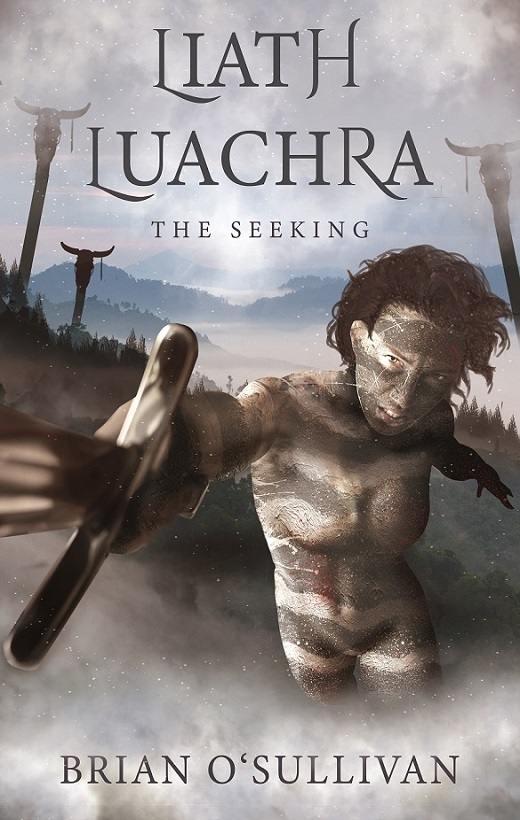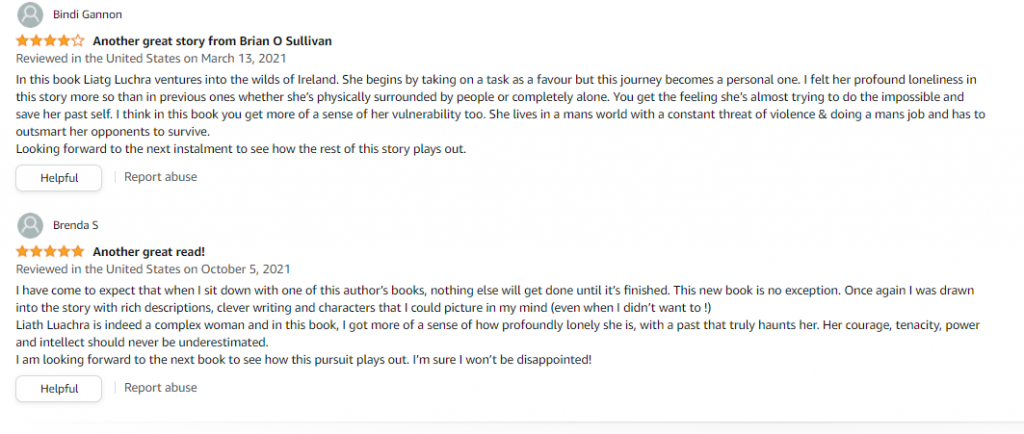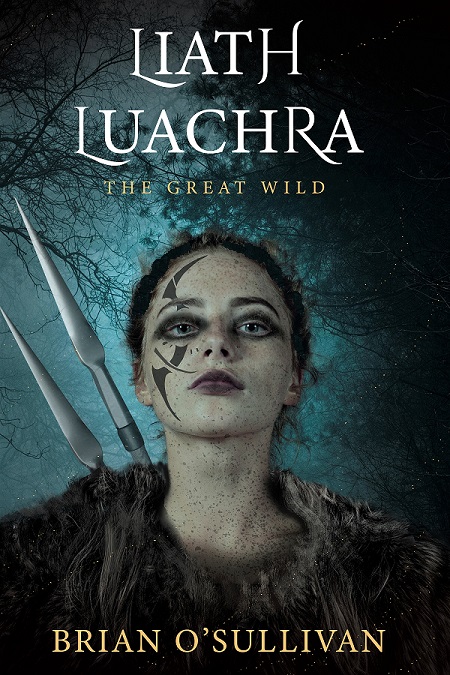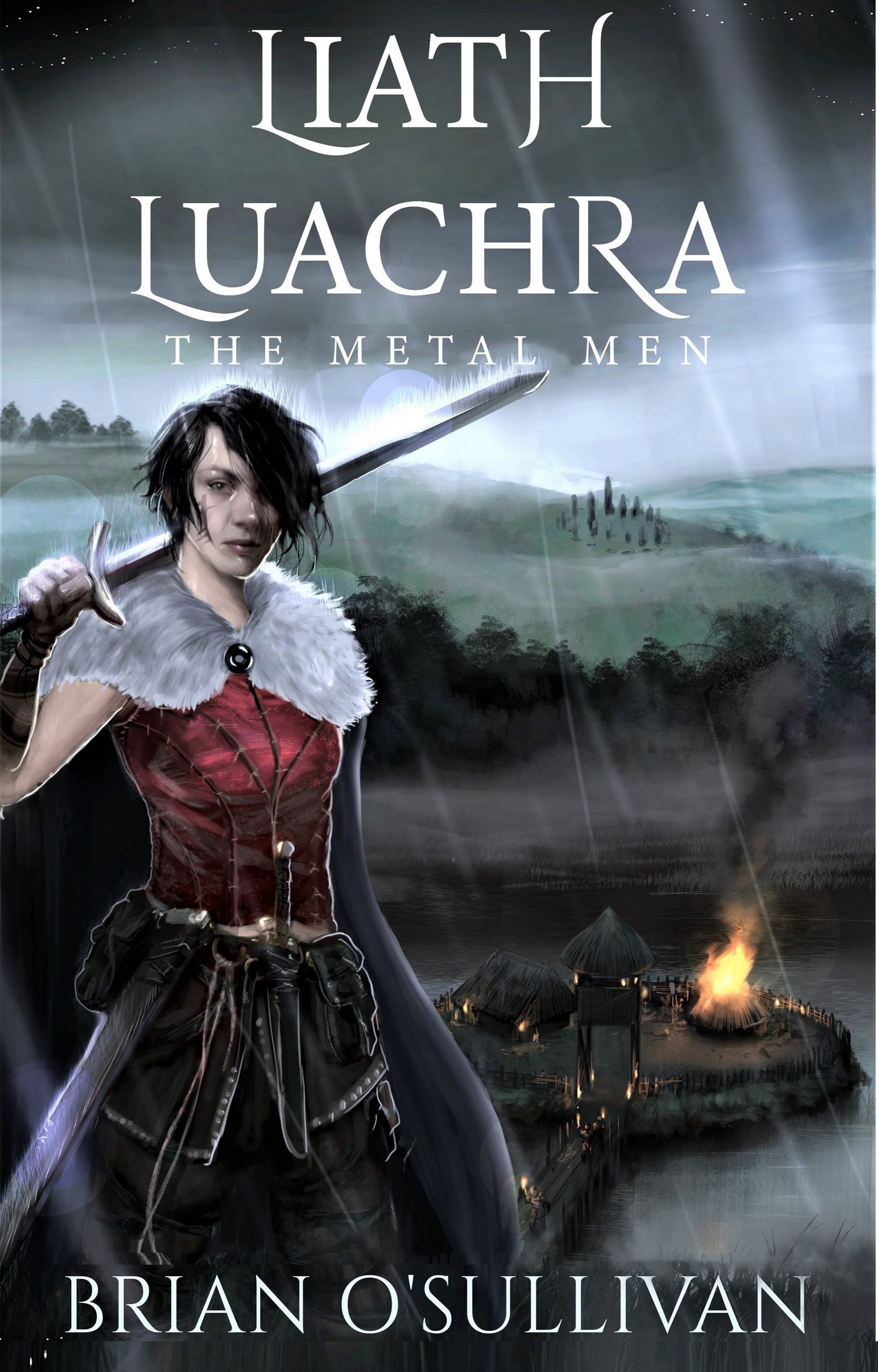
Wild pigs, especially boars, were exceptionally important in ancient Ireland due to their abundance throughout the wilderness and their usefulness as a food source. Wild pigs therefore form an important part in ancient stories and tend to pepper the established mythological associations.
Pigs were particularly associated with the Fenian Cycle tales and, indeed, wild pigs form an important narrative element across the range of Fionn mac Cumhaill’s life. The Macgnímartha Finn, for example, reports how, in his early years, the young Fionn defeated his first wild boar in Cuilleann in a kind of coming of age ‘warrior event’ (often used in ancient stories to give characters a certain kudos). That goes as follows:
Then he (Fionn) went forth to Cullen of the Uí Cuanach, to the house of the master smith Lóchán, who had a very beautiful daughter, Cruithne by name. She fell in love with the youth.
Apparently, Lóchán was very impressed with the young Fionn (although, amusingly, the Macgnímartha Finn never actually says why) and reacts – ahem – as most fathers would.
‘I shall give thee my daughter, though I know not who thou art.” Thereupon the girl slept with the youth.
“Make spears for me,” said the youth to the smith. So Lóchán made two spears for him. He then bade farewell to Lóchán and prepared to make his away.
“My boy,” said Lóchán. “Do not go upon the road on which is the sow called the Beo. She it was that devastated the midlands of Munster.”
But what happened was that youth travelled upon the very road on which the sow was to be found. There the sow charged him but be thrust his spear at her, so that it went through her, and left her without life. Then he took the head of the sow with him to the smith as a bridal gift for his daughter.
Hence is Sliabh Muice (Pig Mountain) in Munster situated.
That hill (no Sliabh na Muc) is located between Tipperary and the glen of Aherlow. In ancient times, the glen was an important travel route between the districts of Tipperary and Limerick so it’s no real surprise to find such stories associated with it.
Towards the end of his life, another boar plays an important role in Fionn’s story. That occurs in An Tóraíocht when Fionn has supposedly made peace with the warrior Diarmuid Ui Duibhne (who earlier betrayed Fionn by eloping with his future bride, Grainne).
Visiting Diarmuid in his home in Sligo, Fionn joins the warrior in a boar hunt around Benbulbin. During the hunt, the creature gores Diarmuid badly and although Fionn has the power to heal him by letting him drink water from his palms, he refuses to do so.
Pressed by his grandson – the warrior Oscar – a friend of Diarmuid’s – Fionn relents but still overcome by bitterness, he twice lets the water flow through his fingers before he can raise them to Diarmuid’s lips. Finally, when threated by Oscar, Fionn does the right thing but by then it’s too late and Diarmuid has succumbed to his wounds.
Although wild boar may have once been native in Ireland, it became extinct in prehistoric times. Since then, the environment has changed substantially, and if reintroduced, they would now be considered an invasive/pest species as they’re likely to have a huge impact on local habitats and wildlife. Despite this, there were some interesting happenings in Kerry recently when people were asked by the Parks and Wildlife Service to report any sightings of a large male boar running wild in the Cordal and Mount Eagle area.
I guess there’s always going to be some ‘eegit’ with a wild pig agenda!
























